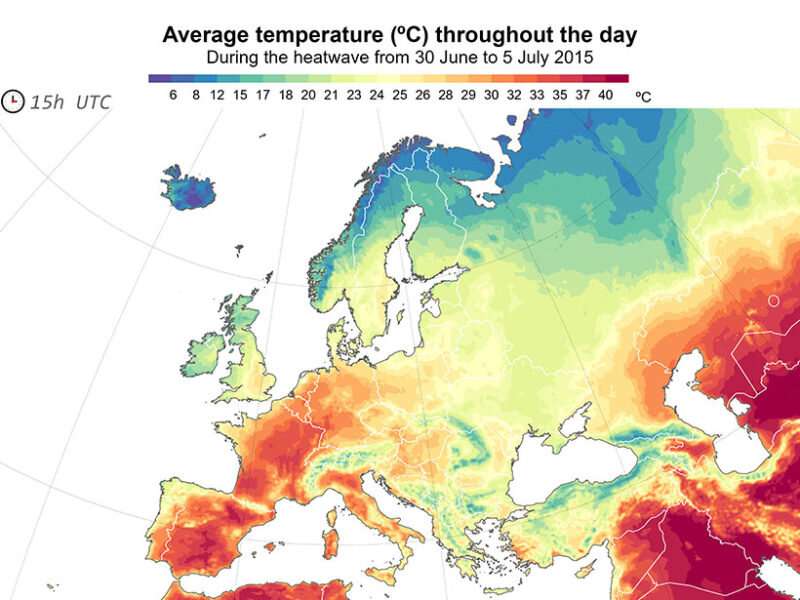Calculating human health risks with general weather data

Weather stations provide detailed records of temperature, precipitation, and storm events. These stations, however, are not always well spaced and can be scattered throughout cities or can even be absent in remote regions.
When direct measurements of weather are not available, researchers have a work-around. They use existing gridded climate data sets (GCDs) at different spatial resolutions that average weather within a specific grid. Unlike monitoring stations, the estimated temperatures in these grid cells are based on a combination of modeled forecasts and climate models as well as on observations (varying from ground monitors and aircraft to sea buoys and satellite imagery). These GCDs are very useful in large-scale climate studies and ecological research, especially in regions without monitoring stations.
But can GCDs be effective in epidemiological studies, for instance, in looking at how adverse temperatures might affect human health and mortality?
In a new study, de Schrijver et al. tested whether GCDs could be useful in studying temperature-related mortality in areas where weather stations are sparse. They compared gridded temperature data with weather station temperatures in two locations—England and Wales and Switzerland—to see whether one data set worked better than the other. These regions have varying topography, heterogeneous temperature ranges, and varying population distributions, all of which lead to pockets of irregular temperatures within an area.
To understand which temperature data would be most helpful in predicting health risks for communities, the researchers compared deaths from exposure to hot or cold temperatures for both GCDs and weather station data. They used weather station data from each country and a high- and low-resolution GCD (local and regional scales) to see which data were better for predicting risk of death from cold or heat.
The team found that both data sets predicted similar outcomes of health impacts from temperature exposure. However, in some cases, high-resolution GCDs were better able to capture extreme heat compared with weather station data when unequal distribution of the population was accounted for. This was especially the case in densely populated urban areas that experience notable temperature differences within them.
The researchers conclude that in cities and areas with rugged terrain, local GCDs might be better than weather station data for epidemiological studies.
More information: Evan de Schrijver et al, A Comparative Analysis of the Temperature‐Mortality Risks Using Different Weather Datasets Across Heterogeneous Regions, GeoHealth (2021). DOI: 10.1029/2020GH000363
Provided by American Geophysical Union
This story is republished courtesy of Eos, hosted by the American Geophysical Union. Read the original story here.




















